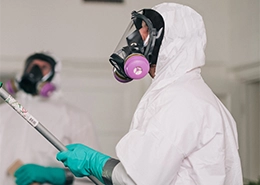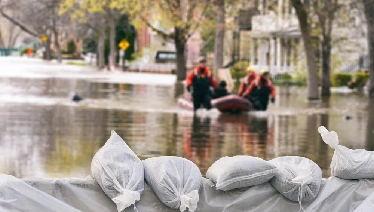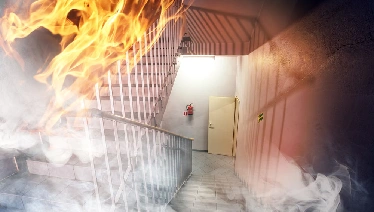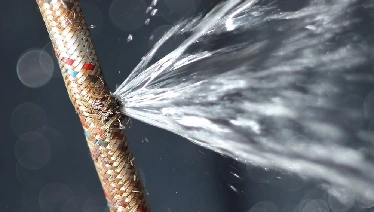Smoke consists of tiny particles, gases, and chemicals that can potentially cause respiratory problems. Extended exposure to smoke and soot particles can result in lung inflammation, leading to symptoms such as coughing, difficulty breathing, and related issues. Moreover, these smoke and soot particles can provoke irritation in the skin, eyes, and throat. Additionally, certain individuals may even develop allergic reactions, such as hives or a runny nose, when exposed to these hazardous substances.
Certifications and Licenses for Fire and Smoke Damage Restoration Professionals
Professionals dedicated to the restoration of fire and smoke damage should possess the necessary licenses and certifications to guarantee the safe and effective handling of smoke and fire-related issues. Certification from the Institute of Inspection, Cleaning, and Restoration Certification (IICRC) instills trust that these specialists have undergone comprehensive training and adhere to industry-accepted standards.
Fire and Smoke Damage Restoration Technologies
Advances in technology have introduced state-of-the-art tools and methods for addressing the challenges linked to smoke and fire damage.
Some of the restoration equipment in use today includes:
- Thermal imaging cameras to assist in identifying concealed fire damage
- Air scrubbers are designed to remove harmful particles from the air
- Ozone generators employed to enhance air quality








